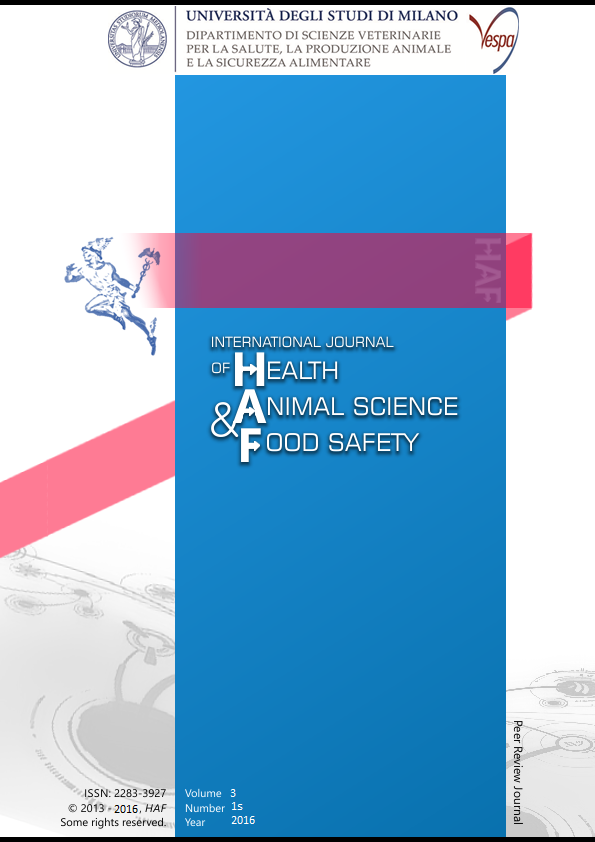Abstract
Phenotype expression is controlled by epigenetic regulations that guide cells through differentiation.
The process is reversible and cells can be driven back to a higher plasticity state with the use of
epigenetic modifiers. In this work we exposed skin fibroblasts to the demethylating agent 5-azacytidine
(5-aza-CR), which is a well-known DNA methyltransferase inhibitor, and has been recently shown to
increase cell plasticity and facilitate phenotype changes in different cell types (Pennarossa, 2013; Brevini,
2014; Pennarossa, 2014; Brevini, 2016). Although many aspects controlling its demethylating action have
been widely investigated, the mechanisms through which 5-aza-CR acts on cell plasticity are still poorly
understood. At the end of 5-aza-CR treatment, cells were divided in three experimental groups and
cultured for 24 and 48 hours: A) cells were returned in standard fibroblast medium; B) cells were
cultured in medium specific for pluripotency maintenance; C) cells were placed in a medium
encouraging pancreatic differentiation. At the end of the culture period, as expected, we could observe
a global demethylating effect. In parallel, however we detected a transient upregulation of the
pluripotency genes OCT4, NANOG and REX1. Increased transcription of TET2 and histones belonging to
the 1,2,3 and 4 families, together with changes in the expression of enzymes controlling histone
acetylation were also appreciated. Interestingly, these results were accompanied by morphological and
ultrastructural changes as well as by chromatin structure modifications. All together our findings
indicate that 5-aza-CR induced somatic cell transition to a higher plasticity state involves novel cellular
targets that activate multiple epigenetic regulatory pathways.
Riferimenti bibliografici
Brevini, T. A., Pennarossa, G., Rahman, M.M., Paffoni, A., Antonini, S., Ragni, G., deEguileor, M., Tettamanti, G., Gandolfi, F., 2014. Morphological and Molecular Changes of Human Granulosa Cells Exposed to 5-Azacytidine and Addressed Toward Muscular Differentiation. Stem Cell Rev 10, 633-642.
Brevini, T. A., Pennarossa, G., Acocella, F., Brizzola, S., Zenobi, A., Gandolfi, F., 2016. Epigenetic conversion of adult dog skin fibroblasts into insulin-secreting cells. The Veterinary Journal 211, 52-53.
Pennarossa, G., Maffei, S., Campagnol, M., Tarantini, L., Gandolfi, F., Brevini, T.A., 2013. Brief demethylation step allows the conversion of adult human skin fibroblasts into insulin-secreting cells. Proc Natl Acad Sci U S A 110, 8948-8953.
Pennarossa, G., Maffei, S., Campagnol, M., Rahman, M.M., Brevini, T.A., Gandolfi, F., 2014. Reprogramming of pig dermal fibroblast into insulin secreting cells by a brief exposure to 5-aza-cytidine. Stem Cell Rev 10, 31-43.
This work is licensed under a CC BY-SA 4.0 international

